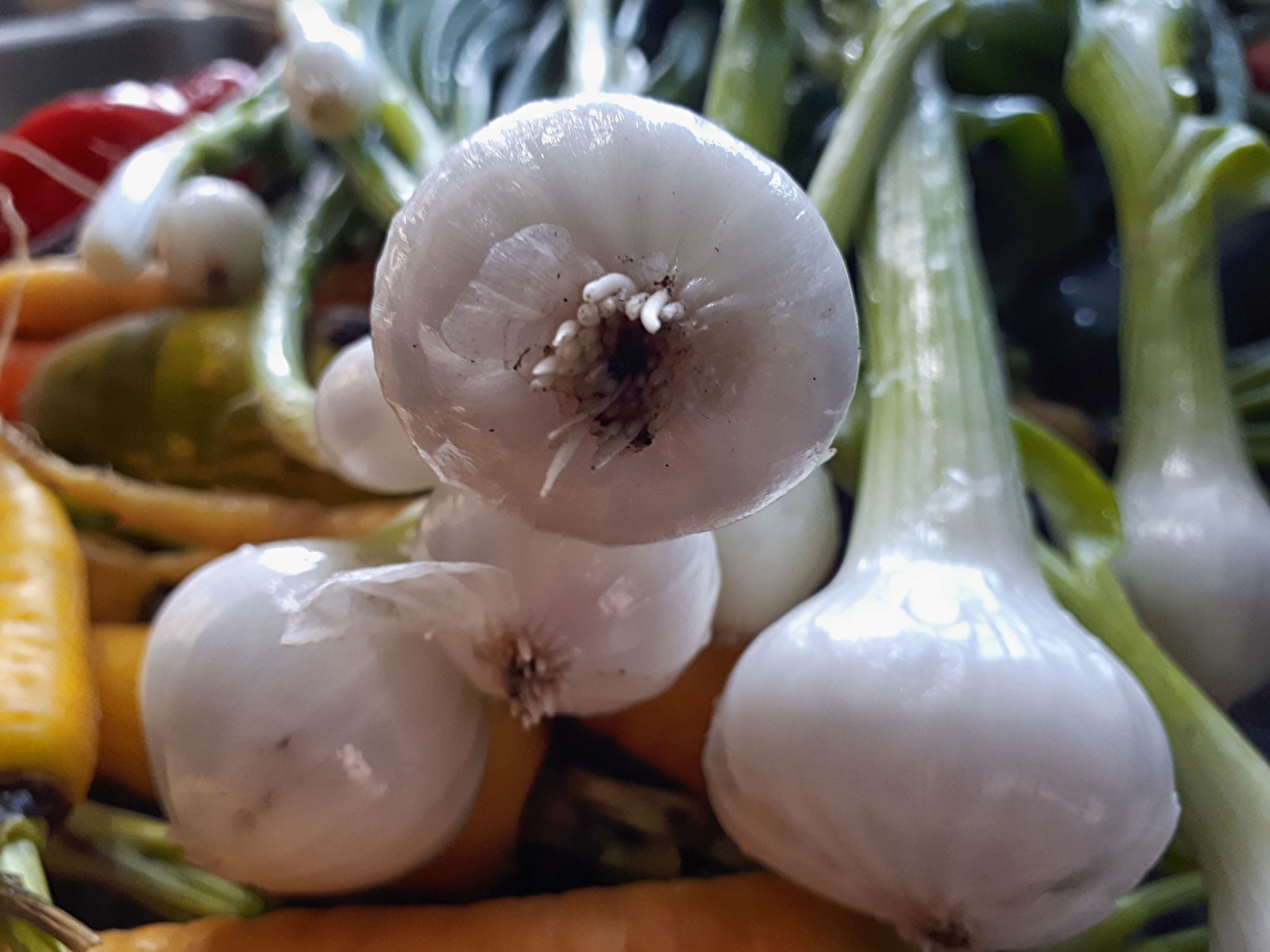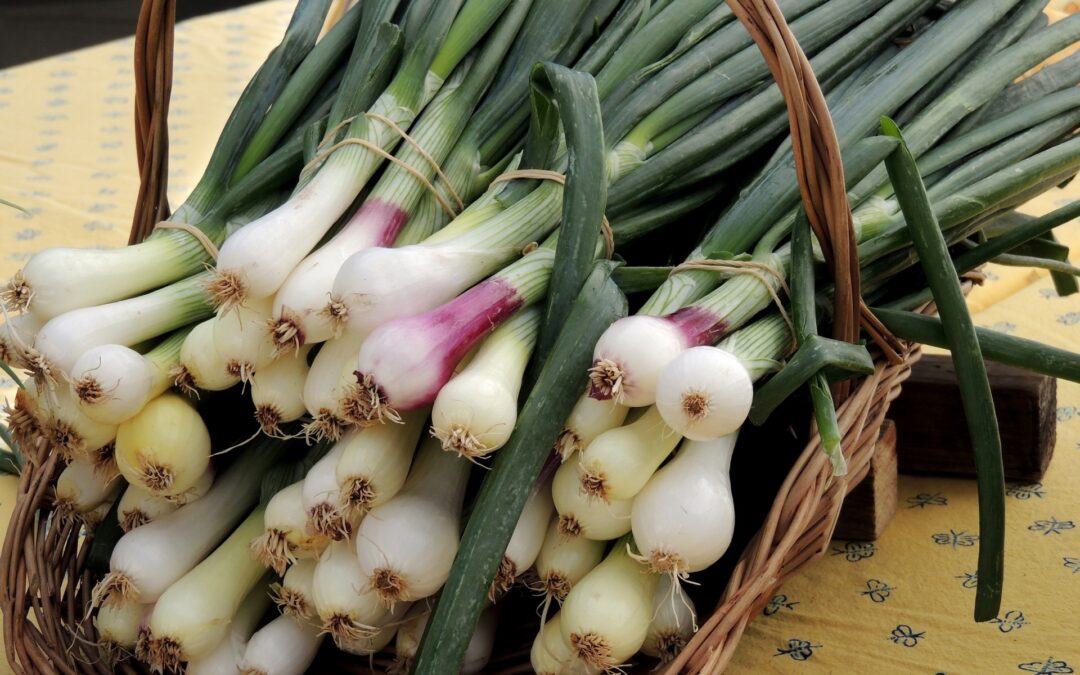Creating edible landscaping is a smart way to grow your food while managing a usable space. There will be a wide variety of plants you may wish to grow on your plot of land. You will likely make choices by finding a balance of what looks aesthetic and what produces the kind of harvest you are hoping for at the end.
Incorporating perennial vegetables into your edible landscape is a wise decision since it will pay off year after year. So how does one go about incorporating them, and what do you need to know about the process?
The Benefits of Perennial Vegetables
Perennial vegetables are a great addition to your edible landscaping plans for several reasons. Their ability to build healthy soil is one of their greatest benefits since they do not require tilling. They also can fertilize themselves and neighboring plants by causing nitrogen to be fixed in the soil.
In addition to being low maintenance, perennial vegetables can withstand severe weather and pests. Regardless of how many of these vegetables you choose to grow in your landscape, you’ll be glad you did.

Find Out Which Vegetables are Perennial
Several vegetables are perennial. Perennial plants die back to the ground each fall and grow again the following spring. You will save money and time by not purchasing these plants every year.
In addition to asparagus, rhubarb is another popular perennial vegetable. A perennial vegetable such as the artichoke, wild leeks, or certain onions can add flavor to any meal. Kale, with its beautiful deep green hue, is often grown as an annual but is a perennial vegetable.
Decide What Vegetables You Will Use
In most cases, you will use the vegetables you grow unless you plan to give them away. If you and your family do not like asparagus, but your mother-in-law likes some on occasion, then you would not plant a large plot. And no matter how beautiful rhubarb may look when growing, there is no point incorporating it if you will not use it later. Select heirloom perennial vegetables that you and your family enjoy eating.
Decide How to Incorporate Them into Your Landscape
So, you have your list of heirloom vegetables, now you decide where you will plant them and how much to plant in your yard. If you do not have a lot of space, you select vegetables that do not spread out or can be trained to grow vertically. Also, check if the shrubs you have hinder vegetable growth and production.
You will need a measuring tape to find the length and width of the planting area you have selected for your vegetables. Then write those measurements at the top of your paper. Graph paper is the best paper to use to design your garden plan. For example, use one square for each foot. You want to make your garden map large enough to draw in your vegetables and any shrubs you may already have in that area.
What companion planting benefits do you need? For example, if you wish for another plant to utilize your perennial vegetable’s fertilizing capabilities, plant them according to the recommendations. If you have a shady area that is difficult to manage, then you will need a plant that grows tall, only needs a small amount of sun, and is low maintenance.
Heirloom perennial vegetables are one option you can include in your edible landscape to bring beauty and functionality to your home. When you include them, your garden has an extra chance at success. Now, get your favorite garden seed catalog and select some vegetables.
